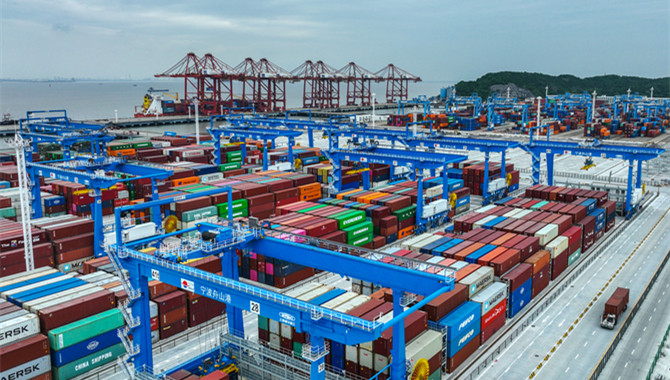
Container throughput achieves record in April despite COVID-19 resurgence
Despite the COVID-19 resurgence in many cities of the country in April, Ningbo Zhoushan Port in Zhejiang province has ensured smooth operation of the logistics chain.
Due to the COVID-19 outbreak in Shanghai, the circulation of supply chains through Shanghai Port was influenced, which also posed great difficulties to foreign trade companies in the Yangtze River Delta region.
To alleviate the pressure on foreign trade companies in the Yangtze River Delta region and the Yangtze River Economic Belt, Ningbo Zhoushan Port has launched a series of measures since April, which have started to pay off.
According to the latest production data of the port, its container throughput hit a record high of more than 3 million TEUs in April, representing a more than 10 percent increase year-on-year.
On April 23, the Ningbo Municipal Bureau of Economic Cooperation and Investment Promotion received a letter of assistance from the Hefei COVID-19 Prevention and Control Office, Anhui province.
According to the letter, transport of 800 buses from Anhui Ankai Automobile Co Ltd, 70 of which should have departed for Mexico in early May, was hampered by the recent COVID-19 outbreak in the Yangtze River Delta region and increased the risk of a default for the company.
The company decided to change its transport route and planned to export the buses from Ningbo Zhoushan Port, instead of Shanghai Port.
When the first 35 buses set off from Hefei on the morning of April 24, authorities in Ningbo concerning traffic, public security and Customs all joined in the efforts to ensure that the buses could be shipped through the port smoothly.
Green access was opened for the bus team. Drivers' information had been recorded in advance and the buses entered the port terminal without waiting. Exclusive access was also launched to enable the drivers to return to Hefei under the closed-loop management.
Thanks to these measures, it took only 48 hours for the first group of buses to arrive at the Meixi Ro-Ro Terminal of Ningbo Zhoushan Port. The second group of 35 buses also arrived at the terminal on the morning of April 27.
Ningbo Customs were also well prepared to carry out "fast Customs clearance". The whole process was conducted under the paperless Customs clearance model, taking only seven minutes.
On May 5, the vehicle carrier Viking Adventure arrived at Meixi terminal on time and all 70 buses were loaded on the ship and departed for Mexico on May 7.
According to Ankai Automobile, the 800-bus deal is the largest deal of Chinese buses exported to Mexico.
Zhang Haiyang, general manager of the company, sent a letter of thanks to the Ningbo authorities.
"Thanks to the help of the Ningbo government, transport and shipment of the buses were completed smoothly," wrote Zhang.
"Despite difficulties brought by the epidemic, our working efficiency should not drop," said Mao Jianhong, chairman of Ningbo Zhoushan Port Group.
"High working efficiency ensures smooth operation of cargo shipment. We've provided support for companies facing difficulties, especially small and medium-sized enterprises. We helped them to negotiate with carriers to get more shipping spaces."
"We also offered door-to-door services for shippers and freight forwarders. We suggested them to make earlier bookings to ensure smooth cargo shipment," added Mao.
In April, Zhejiang Seaport Group launched digital travel permits for container truck drivers, which enables them to drive between cities in the province and have access to Ningbo Zhoushan Port.
Efforts have also been made to leverage the sea-rail combined transport mode, which refers to the mechanism where goods are first loaded onto trains to Ningbo before being transported abroad by sea and vice versa.
Containers transported via this mode reached 135,000 TEUs in April, increasing 32.3 percent year-on-year.
To enhance the efficiency of each terminal, berths and berthing times for ships are all arranged on the basis of a comprehensive assessment.
In addition, the local maritime, Customs and immigration inspection departments have been cooperating to reduce the waiting times for ships as well as Customs clearance times, which improves port capacity.
Source: China Daily
The opinions expressed herein are the author's and not necessarily those of The Xinde Marine News.
Please Contact Us at:
media@xindemarine.com


 China’s First Bulk Bunkering of Domestic Green Me
China’s First Bulk Bunkering of Domestic Green Me 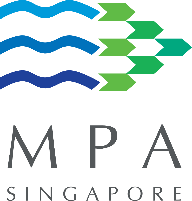 Rotterdam and Singapore Strengthen Collaboration on
Rotterdam and Singapore Strengthen Collaboration on 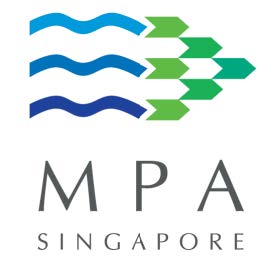 MPA and CMA CGM Sign MoU to Enhance Sustainable Shi
MPA and CMA CGM Sign MoU to Enhance Sustainable Shi 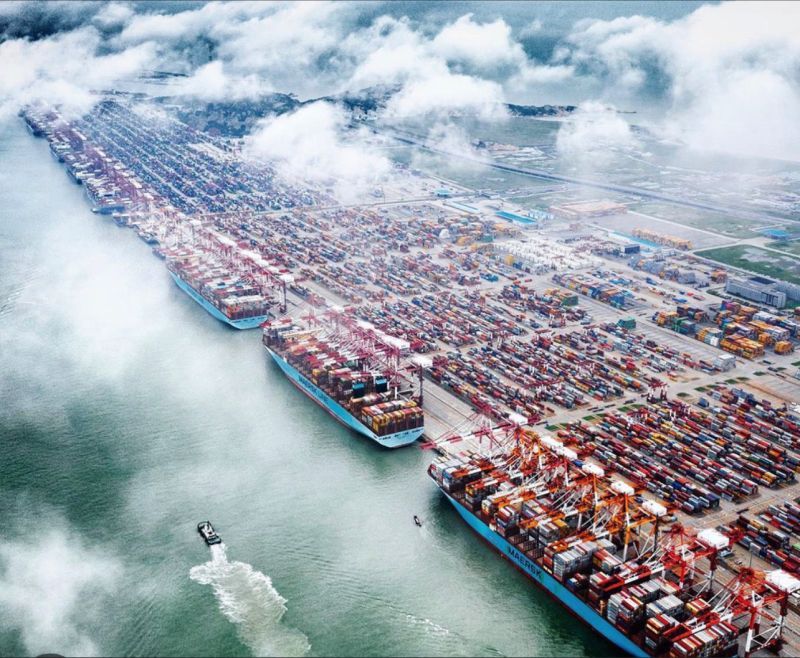 China's Ports Surge Ahead: Major Container Terminal
China's Ports Surge Ahead: Major Container Terminal 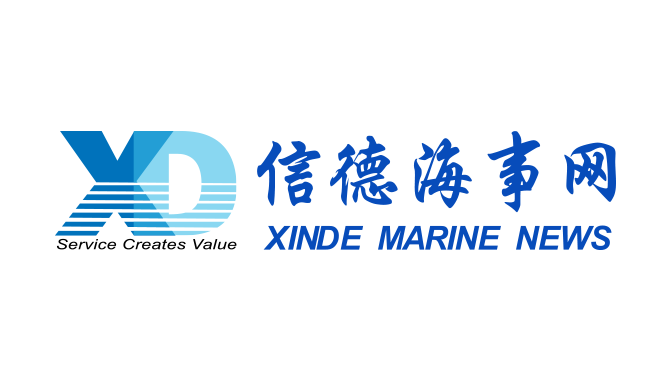 Port of Hamburg: Growth in container throughput and
Port of Hamburg: Growth in container throughput and 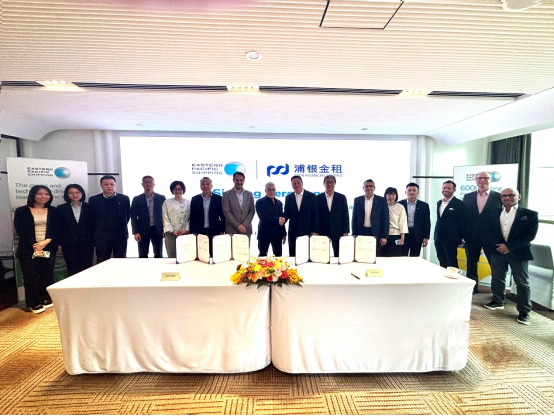 EPS and SPDB Financial Leasing sign financing agree
EPS and SPDB Financial Leasing sign financing agree